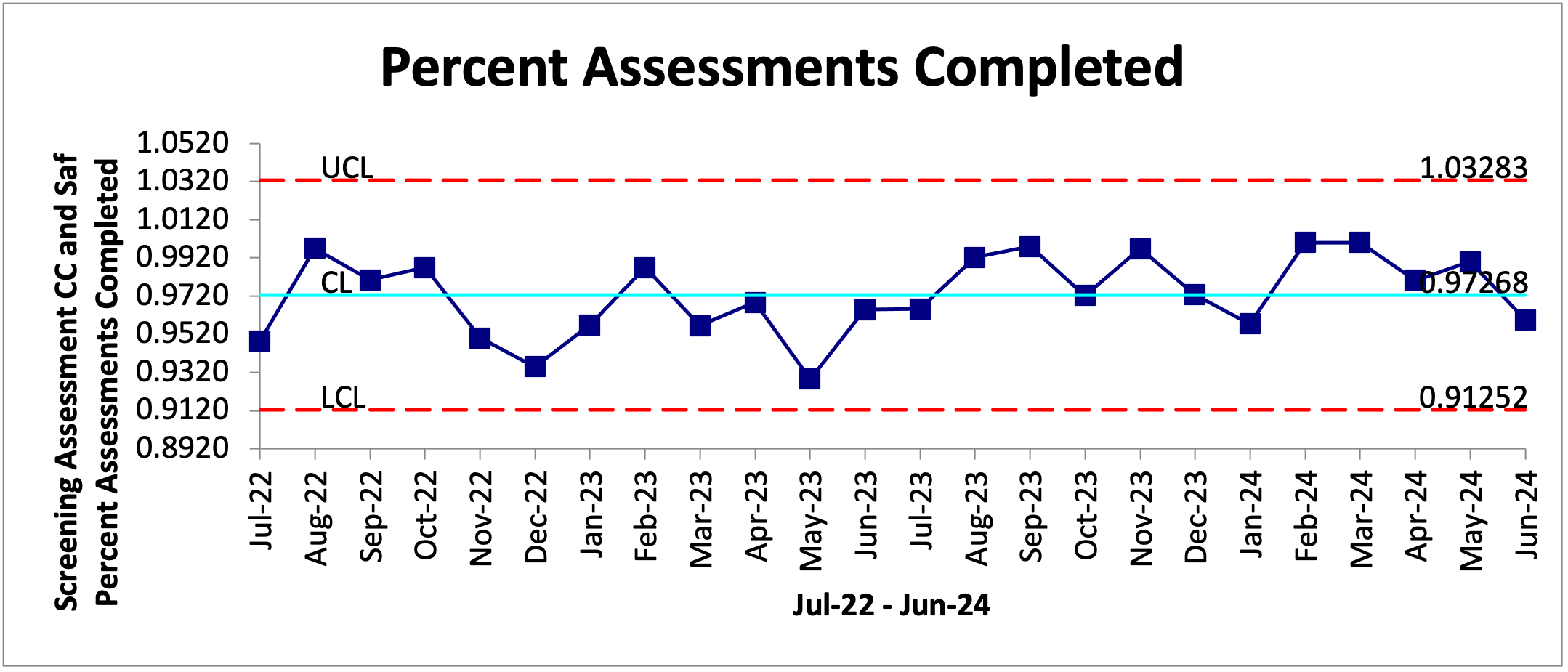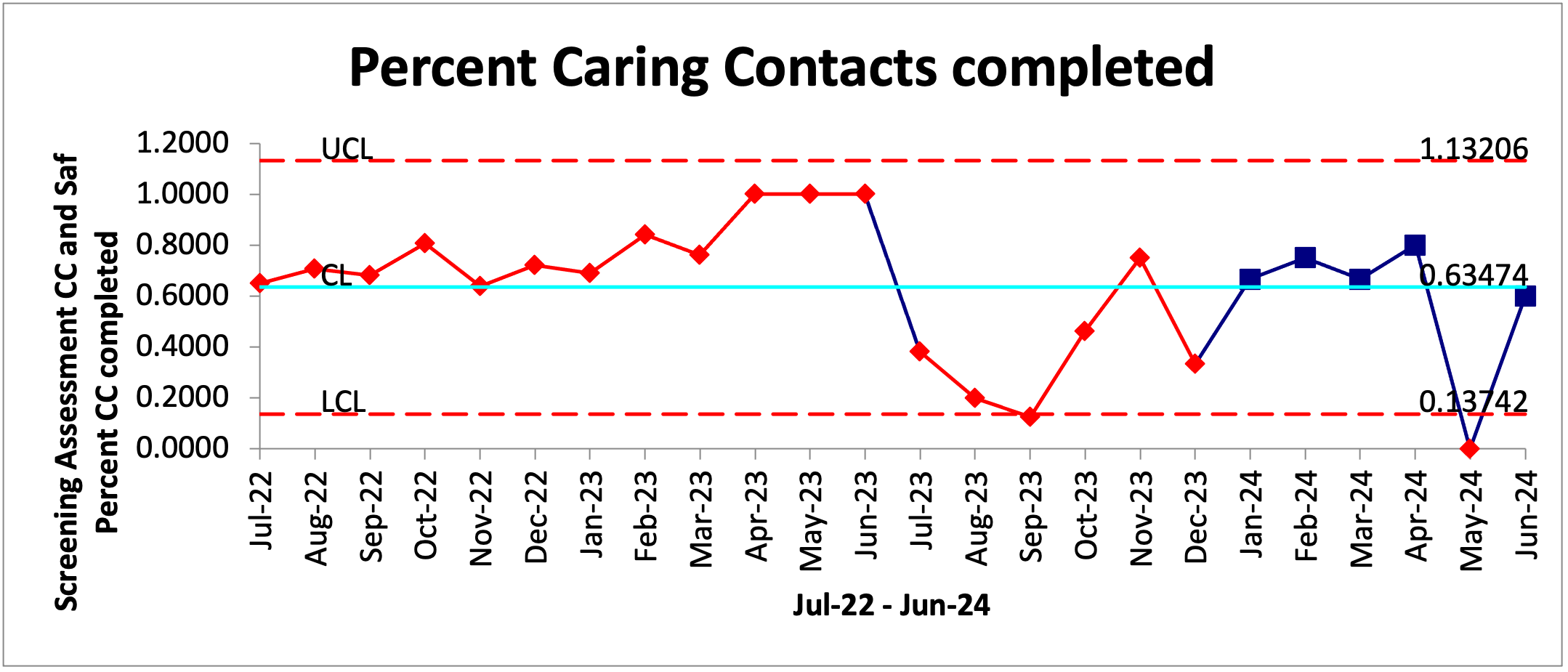Organization Profile
Children’s Mercy Kansas City (CMKC) is a non-profit independent children’s hospital founded in 1897. The organization employs over 8,400 staff members, including more than 800 faculty members, 3,000+ nurses, and 1,000+ allied health professionals. With a capacity of 390 beds, CMKC provides comprehensive care, with annual hospital volumes for FY24 reaching 335,734 outpatient visits, 202,496 emergency room/urgent care visits, 14,345 admissions, 19,469 surgeries, and 5,942 transports. Operating hospitals and clinics across Missouri and Kansas, CMKC’s Critical Care Transport Team is among the largest specialty teams in the nation, handling nearly 5,800 neonatal, pediatric, and maternal-fetal transports annually.
The hospital also has one of the largest Child Life programs in the country. CMKC is committed to addressing the behavioral health needs of children in the community. In 2023 alone, the hospital's outpatient behavioral health clinic completed 48,000 appointments. The emergency department provided acute behavioral health screening and assessment services to approximately 3,000 youth in crisis in 2022. Though CMKC does not have an inpatient psychiatry unit, strong partnerships with regional psychiatric hospitals and an upcoming joint venture aim to expand the number of psychiatric beds available to youth in Kansas City and surrounding areas.
Zero Suicide Implementation Summary
CMKC has long prioritized suicide prevention, beginning with the introduction of suicide screening in 2014 and expanding to universal screening by January 2019. In response to sustainability concerns and a desire to focus resources effectively, the hospital later narrowed its screening efforts to areas with the highest positivity rates. To further these initiatives, CMKC joined the 2022 Cohort of Cardinal Health Foundation’s Preventing Youth Suicide Collaborative. Membership in the collaborative spurred significant changes and rapid implementation of suicide prevention best practices using the Zero Suicide Framework.
Prior to joining the initiative, safety plans were completed on paper, making them difficult to share, inefficient to reproduce, and often inaccessible to care teams. To address this, CMKC integrated an electronic version of the Stanley and Brown (revised 2021) Safety Plan into its electronic medical records (EMR), ensuring it could be easily saved, accessed, edited, printed, and shared across patient encounters. Additionally, the hospital has partnered with the Kansas City Fire Department (KCFD) to create a data repository that includes community emergency medical services data, providing further insights into local suicidality trends. CMKC has also implemented new event reporting processes to capture in-house suicide attempts and completions, which were previously not tracked.
Other key changes include expanding the Caring Contact follow-up calls to align with ambulatory clinics, enlisting nursing staff alongside social workers to perform these calls. This process is currently being evaluated for broader implementation. The hospital has also streamlined the process for transferring patients from ambulatory clinics to inpatient psychiatric services, improving the efficiency and safety of these transitions. CMKC has prioritized educating staff on suicide screening, assessments, and caring contacts, while Power BI reports have been developed for data collection and quality improvement projects.
Despite not conducting the Zero Suicide Workforce Survey due to concerns about staff survey fatigue, CMKC used a human-centered leadership approach to gather feedback through focus groups with Developmental and Behavioral clinic staff. These sessions provided valuable insights and helped address frontline worker needs. Additionally, the Zero Suicide Team attended the annual Academy trainings, further enhancing their understanding of suicide prevention efforts.
Key Outcomes and Data
CMKC has collected and analyzed several data points throughout its participation in the Zero Suicide Collaborative, all of which will continue to be monitored post-collaborative. Key outcomes include:
- Suicide Screens: The percentage of suicide screens performed on eligible patients in the Developmental and Behavioral Clinic has remained consistent from baseline, with no significant changes.
- Suicide Risk Assessments: Following a staff education initiative in November 2023, the percentage of risk assessments performed on patients with positive screens showed an upward trend.

- Caring Contacts: Prior to the Zero Suicide initiative, caring contact follow-up calls were performed within 30 days post-discharge. After intervention and education, the target for completing these contacts was reduced to 72 hours (allowing for weekends), resulting in a significant increase in timely completions. (See Figure 2 for Run Chart of entire collaborative timeframe, Figure 3 demonstrates the overall positive trend in correct timeframe completion of Caring Contacts after criteria were changed)
Run chart of entire collaborative timeframe:

Overall positive trend in correct timeframe completion of Caring Contacts after criteria were changed:

- Safety Plans: The percentage of safety plans completed using the electronic tool saw an upward trend after staff education in November 2023, with a potential need for center-line recalibration.

- Suicide Death and Attempt Rates: In collaboration with KCFD, CMKC has begun analyzing data on suicide deaths and attempts in the Kansas City metro area, with efforts to collect data from additional sources, such as Johnson County, KS.
Next Steps
CMKC remains committed to continuing its Zero Suicide initiatives beyond the completion of the CHA Collaborative. The creation of the Mid-West Zero Suicide Collaborative, a regional group of participating hospitals, will facilitate ongoing discussions and sharing of best practices, challenges, and successes. In addition, CMKC is focused on addressing the lack of readily available suicide mortality data in both Kansas and Missouri. The hospital has already formalized plans to continue examining local data on suicidality and hopes to identify commonalities and social determinants of health that may contribute to suicidality. With this information, CMKC aims to take proactive steps in lowering suicide rates within its patient populations.
CMKC’s continued efforts toward improving behavioral health outcomes demonstrate its unwavering commitment to the safety and well-being of children and their families across the region.